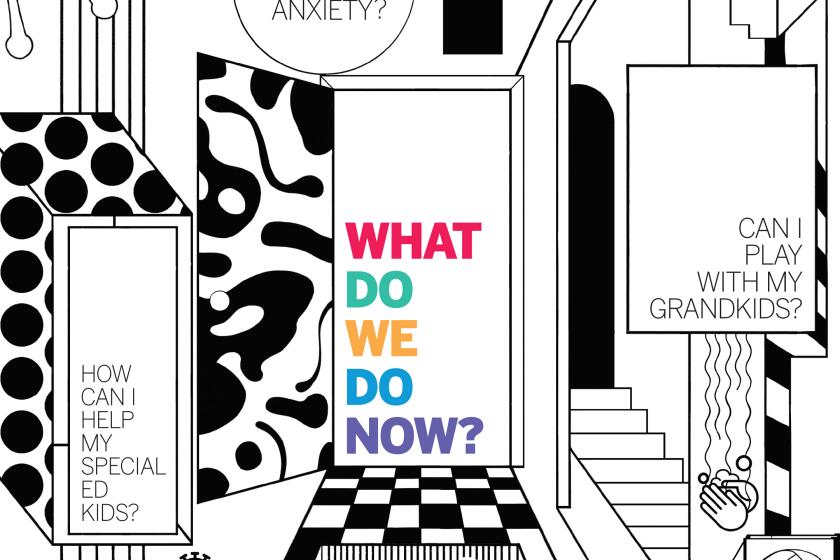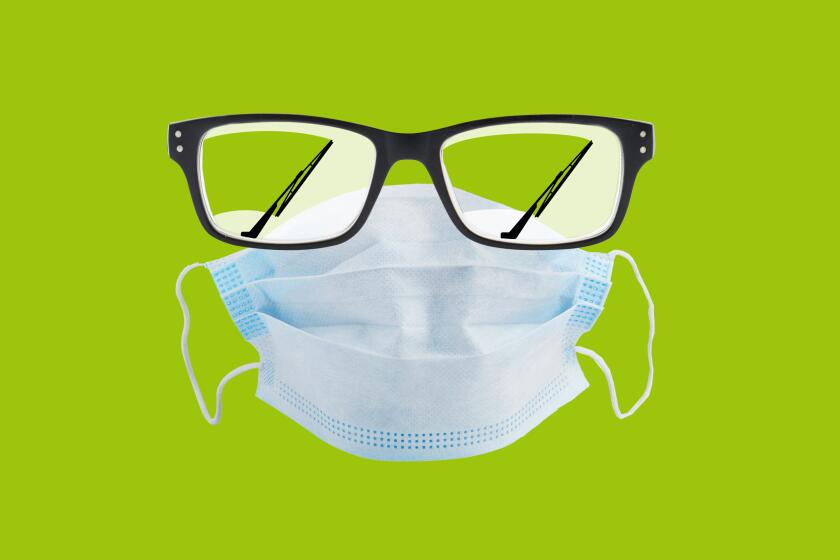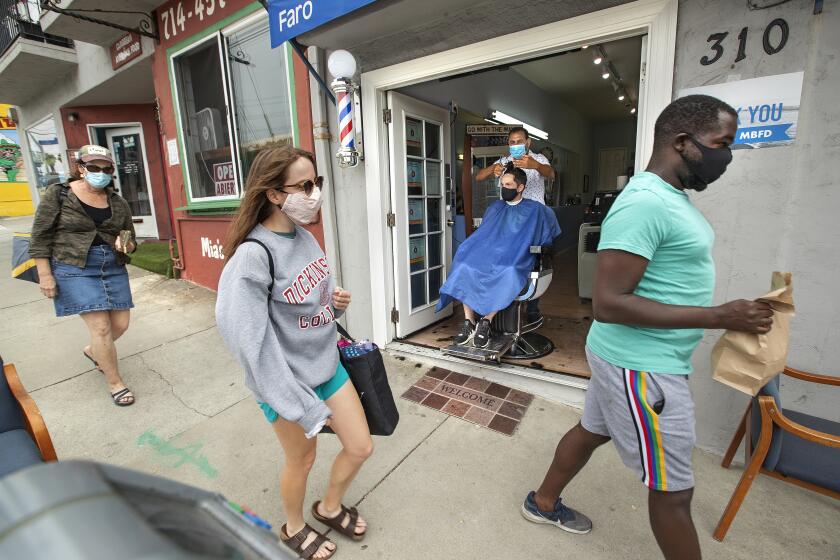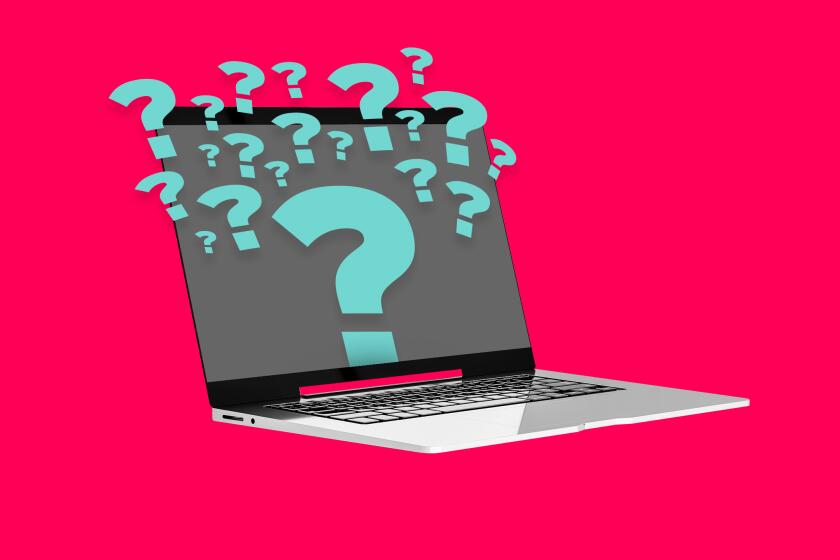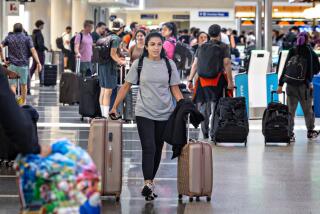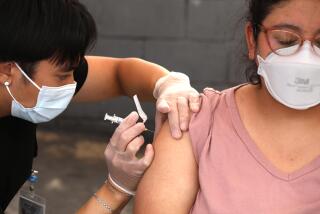How to take care of someone with COVID-19 without getting yourself sick
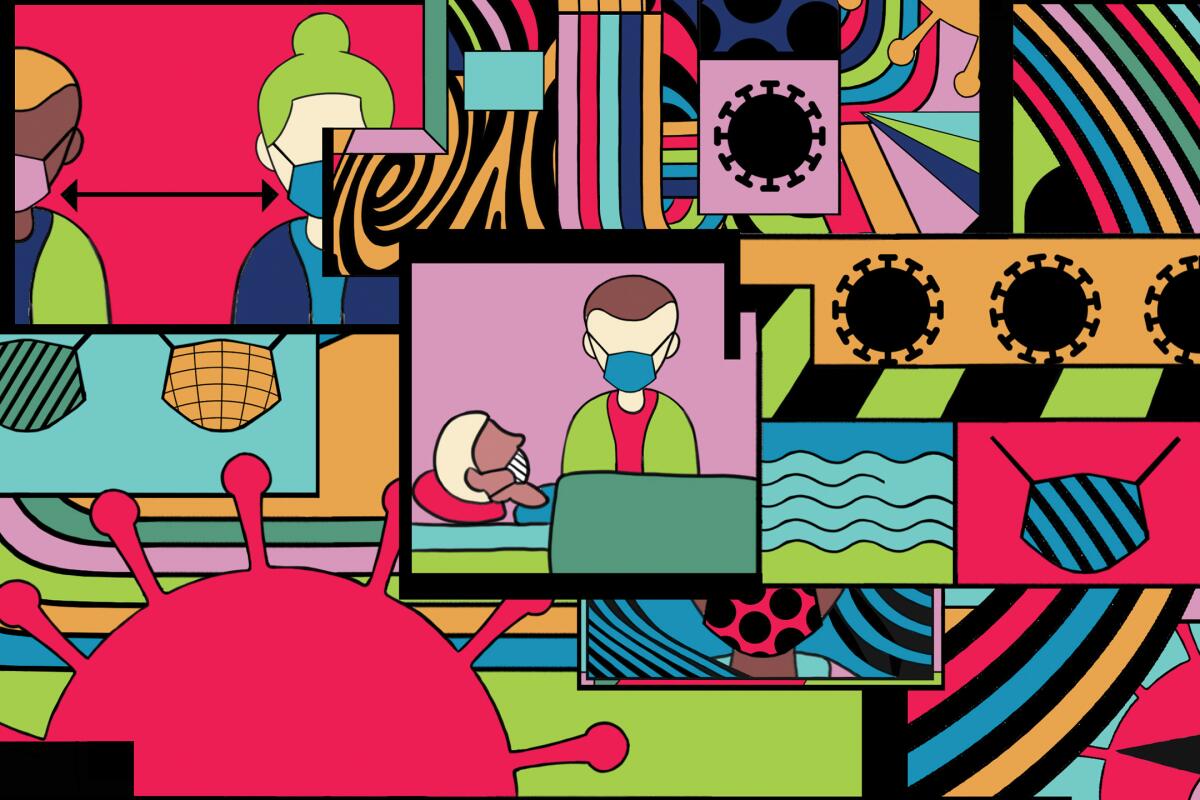
- Share via
We’re answering readers’ questions about life during the pandemic:
How can I care for someone who’s sick with COVID-19, without getting sick myself?
Caring for someone with COVID-19 might sound scary, but it is possible to do so without contracting the illness yourself. And, as statistics show, most people recover. Here’s how you can best protect yourself and the rest of your family while caring for a patient at home.
We asked readers for their most pressing coronavirus questions. The topics included schooling, passports and healthcare. These are answers from experts.
Begin with the basic precautions you’ve been hearing about since the start of the pandemic: Wash your hands frequently with soap and water for at least 20 seconds. Avoid touching your eyes, nose and mouth with unwashed hands. Clean and disinfect surfaces often.
The Centers for Disease Control and Prevention also recommend isolating sick family members in a separate bedroom with a private bathroom. If that’s not an option, though, make sure any shared rooms have good air flow: Opening the windows can help improve circulation and remove respiratory droplets from the air.
Try to limit your exposure to sick family members. When it is necessary to interact, maintain social distancing of at least 6 feet and wear face masks (including the sick person). Eat meals separately from one another if possible, and refrain from sharing dishes, towels, bedding or electronics such as remote controls and cellphones.
Gloves should be worn when washing a sick person’s dishes and clothes, and when you come in contact with their body fluids. Gloves should then be disposed of in a lined trash can followed by a good hand washing. Avoid shaking soiled laundry, as this can transmit the virus through the air.
If the bathroom is shared, it should be cleaned and disinfected after each use by the sick person, focusing on surfaces touched. Yes, this is a lot of work. But the purpose is to protect others who enter later. (“Cleaning” means soap and water, which reduces germs on surfaces; disinfecting kills the germs).
Trying to get a handle on how California is reopening and what it means for you? Our guide includes updates and tips for remaining healthy and sane.
The CDC advises caregivers to wait as long as possible to clean the bathroom after the sick person has used the lavatory, focusing on the areas touched. It is also a good idea to wear a face mask while disinfecting the bathroom.
For the safety of others, caregivers should stay at home while caring for a sick family member and monitor themselves for fever, cough and shortness of breath. After care is complete, caregivers should get tested and stay home for 14 days before venturing out in public again.
We’re listening, L.A.: Tell us what you want to know about the most pressing questions you have at this time — how to find a job, the best ways to manage your finances, and whether it’s safe to send your kids back to school or off to college — and we’ll find the best experts to answer your questions.
More to Read
Sign up for The Wild
We’ll help you find the best places to hike, bike and run, as well as the perfect silent spots for meditation and yoga.
You may occasionally receive promotional content from the Los Angeles Times.
